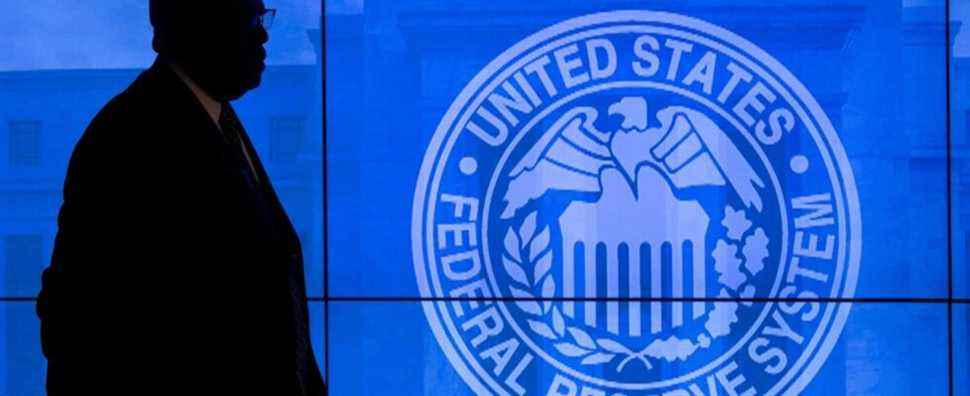The US Federal Reserve (Fed), in turn, is starting to cut back on its massive injections of liquidity into the economy and stands ready to do more if the economy strengthens or if the inflation front calls for it.
Telegraphed for weeks, Wednesday’s decision by the US central bank nevertheless marks an important step.
By at least $ 120 billion a month so far, new purchases of government bonds and mortgage securities from its quantitative easing program will be cut by $ 15 billion this month, then another $ 15 billion next month and so on, so as to cease completely in the middle of next year, unless events force a change of course.
These asset purchases by the Fed have more than doubled the size of its balance sheet since the onset of the crisis. It went from just under 4 trillion in February 2020 to over 8 trillion last September.
The Bank of Canada used the same kind of monetary intervention during the crisis, but is more advanced in its return to normalcy. Its own quantitative easing program, of 5 billion a week during the darkest days of the pandemic, has gradually been reduced and has been content, since last week, to buy back bonds at the same rate as those it holds arrive. due.
What about inflation?
The Fed camped its decision on Wednesday in a context where “the progress of vaccination and strong support from the public authorities are contributing to strengthening economic activity and employment” in the United States.
But with nearly five million fewer jobs than in February 2020, and despite inflation which stood at 4.4% over one year in September, it will have to be much closer to its dual objective of full employment and long-term inflation at 2% so that it begins to raise interest rates, she warned, at the same time keeping her key rate at the bottom, in the narrow range between 0% and 0.25%.
Hounded by those who want to know now when the Fed will start raising rates, its chairman, Jerome Powell, admitted at a press conference that he was more than once wrong about the extent and duration of the inflationary surge. months, but reiterated that the latter was largely the result of transient factors and estimated that it should ease “by the second or third quarter” of next year.
Saying that he understood “the difficulties that high inflation poses for individuals and families, especially those with limited means of subsistence”, he assured that he would not hesitate to accelerate the reduction of his monetary support to the economic activity if the situation were to take a wrong turn.
“Despite the worrying strength of inflation, for the moment we do not expect the Fed to increase its key rates before the second half of 2022”, commented in a brief analysis the principal economist at Desjardins Group, Francis Généreux. His colleague at TD Bank, James Orlando, believes the first hike will come next summer, while Gregory Daco of Oxford Economics does not expect it until December 2022.
